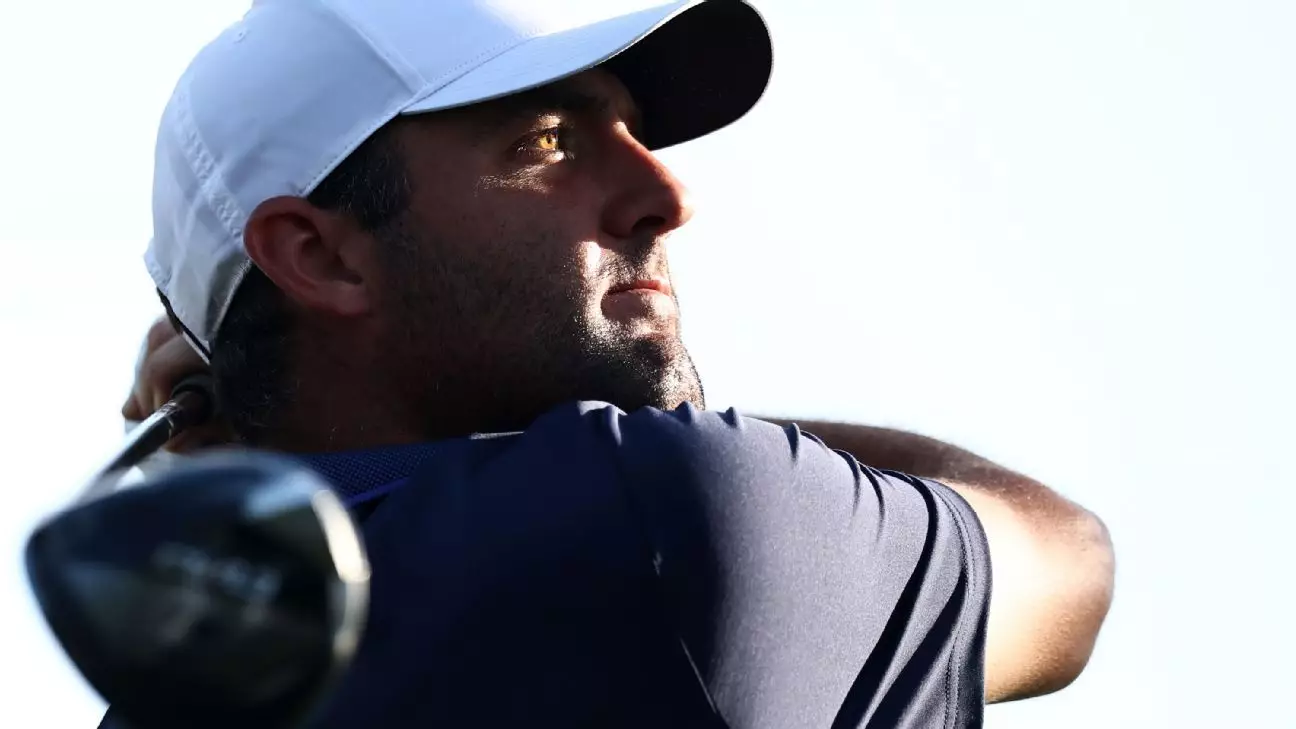In a stunning turn of events at the PGA Championship, the United States Golf Association (USGA) has sparked controversy by declaring the drivers of some of the top players, including Masters champion Rory McIlroy, as nonconforming. This decision has stirred discussions about the integrity of the game, the technological arms race in golf, and the implications of equipment regulations on fair competition. When the world’s best golfers find their clubs scrutinized and rejected, it raises questions—are we witnessing a necessary regulation or an overreach that threatens the very spirit of the sport?
The Uncertainty of Equipment Compliance
Scottie Scheffler, ranked No. 1 in the world and a recent major winner, revealed after his tournament triumph that his driver, too, had been ruled out-of-bounds under USGA standards. This isn’t just a minor inconvenience; it undermines the trust players place in their equipment and the governing bodies that enforce these standards. McIlroy’s own struggles at Quail Hollow, where he failed to perform effectively and remained uncommunicative despite his significant status, highlight a broader issue. As elite athletes, these golfers invest substantial time and resources to perfect their game, only to face sudden challenges due to evolving equipment testing protocols.
The Technology Trap: A Double-Edged Sword
The advancements in golf technology, particularly concerning drivers, have become a double-edged sword. The USGA’s driver testing aims to maintain a level playing field, yet it inadvertently upholds a system fraught with inconsistencies. As Scheffler astutely noted, the characteristic time of driver faces can change over time, leading to an uneven playing field among competitors. This technical nuance is not merely a blip on the radar—it is part of a broader trend in which the efficacy of equipment increasingly overshadows the game’s foundational principles. If a driver can produce marginal gains due to technological advantages, how does this affect the competitive landscape?
Calls for Comprehensive Reform
The clamor for more stringent and inclusive testing protocols has echoed throughout the golf community, with players like Xander Schauffele voicing their opinions. In an era where the integrity of the game is paramount, limiting testing to a select handful of players feels like a blatant oversight. Shouldn’t all players, regardless of stature, be held to the same standards? The inconsistency creates an almost murky narrative where top competitors may enjoy unfair advantages while the rules seem selectively enforced.
Let me be clear: golf is more than just the equipment; it embodies a rich tradition of skill, discipline, and respect. Even the most advanced driver cannot replace the nuances of player skill. Still, when players express the need for more robust testing, they become advocates for fair play—a sentiment that resonates with the players and fans eager to preserve the game’s integrity.
Balancing Tradition and Innovation
Golf is at a crossroads—not just for its technology but for its willingness to evolve while retaining the essence of the game. The PGA and the USGA stand tasked with ensuring that their decisions resonate positively with players while also maintaining competitive integrity. The paradox lies in the fact that innovation drives the sport forward, yet it can potentially breed disparity when not monitored effectively.
As we navigate these complexities, perhaps it’s time to engage in a comprehensive dialogue that includes not just players, but also fans and stakeholders. A golf community united in fairness and transparency will ultimately foster a healthier environment for competition, one that honors both the traditions of the sport and the technological advancements that shape its future. The time for half-measures is over; either we commit fully to fair play or risk losing the very principles that have made golf a respected sport across the globe.


Leave a Reply